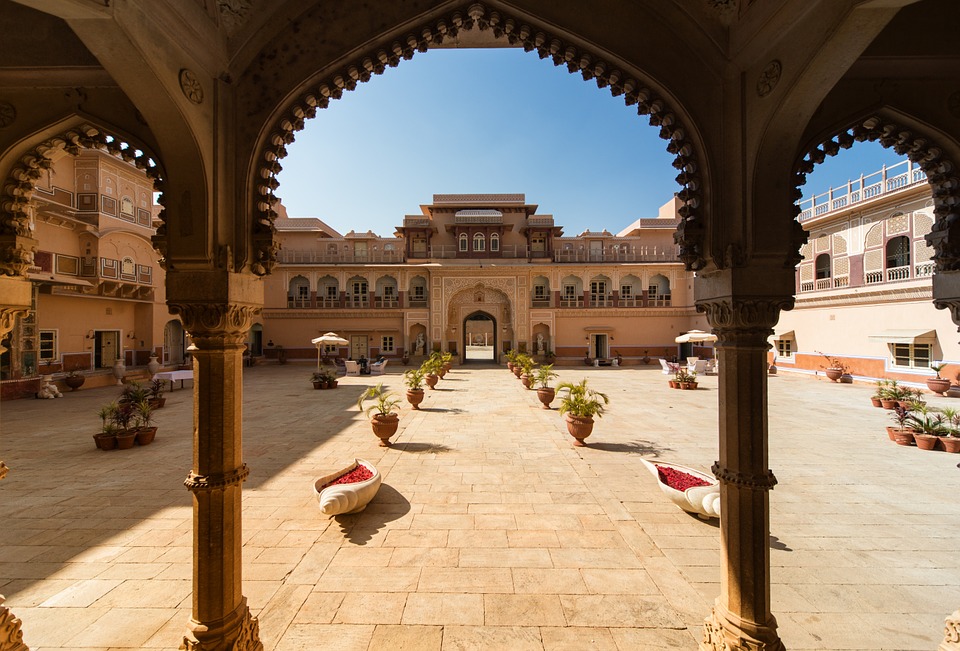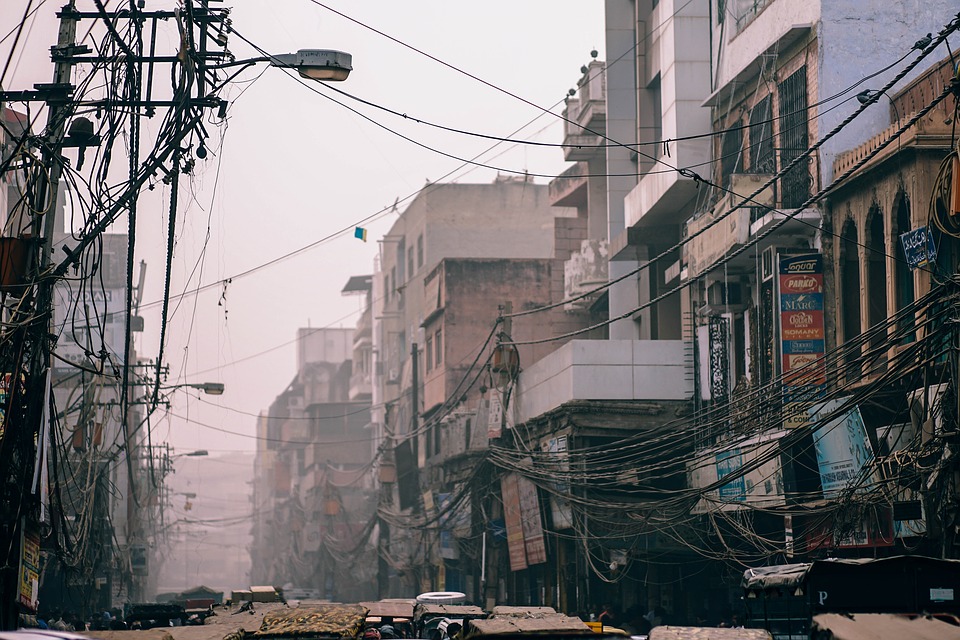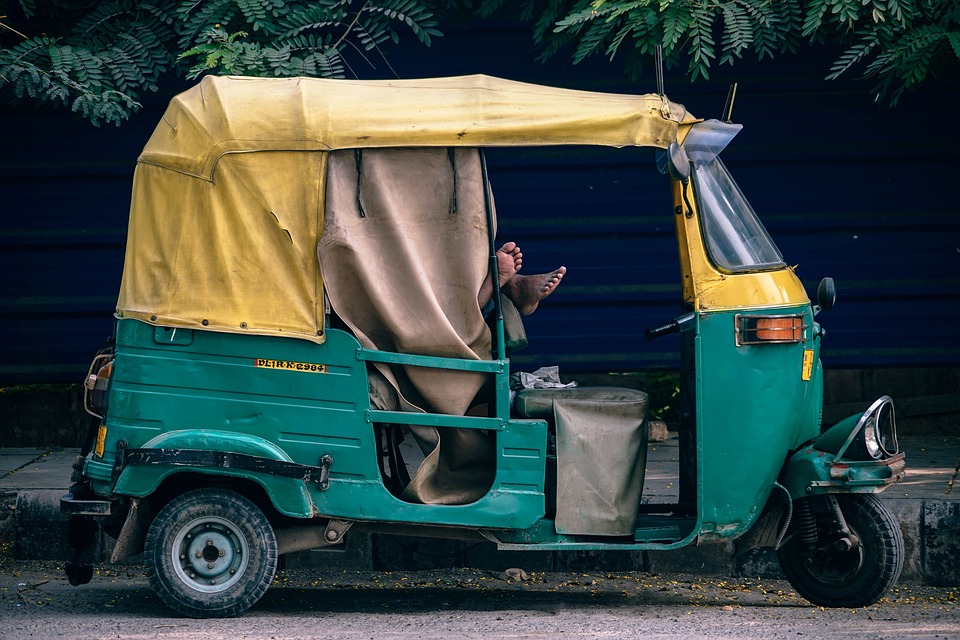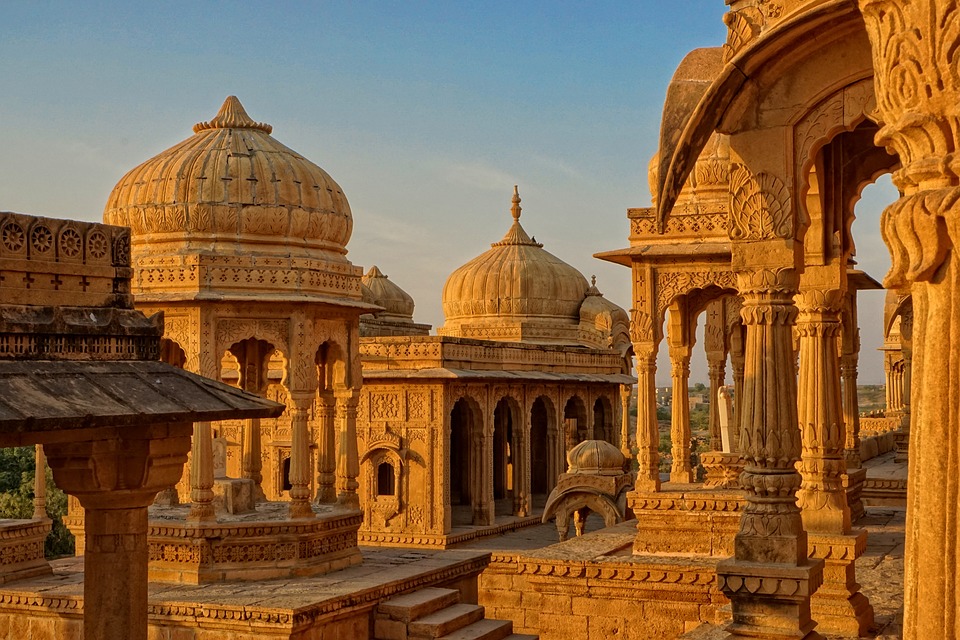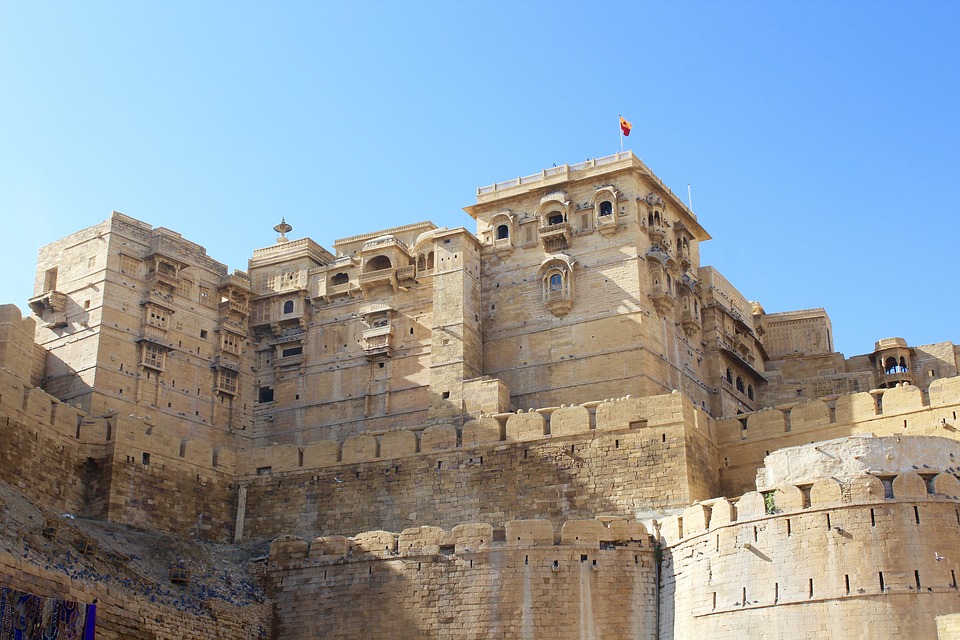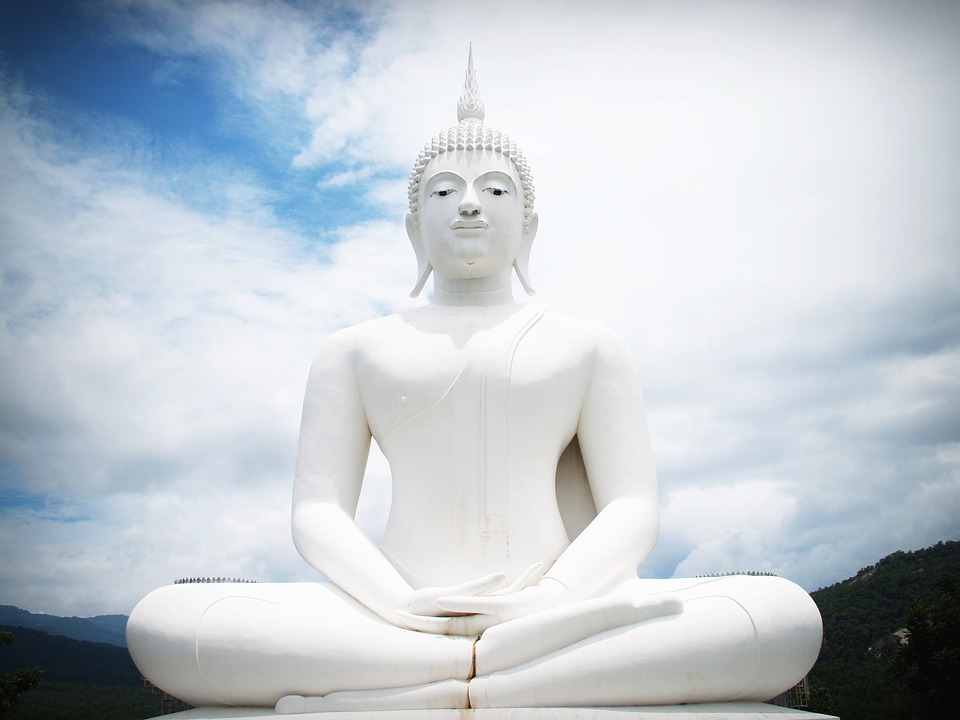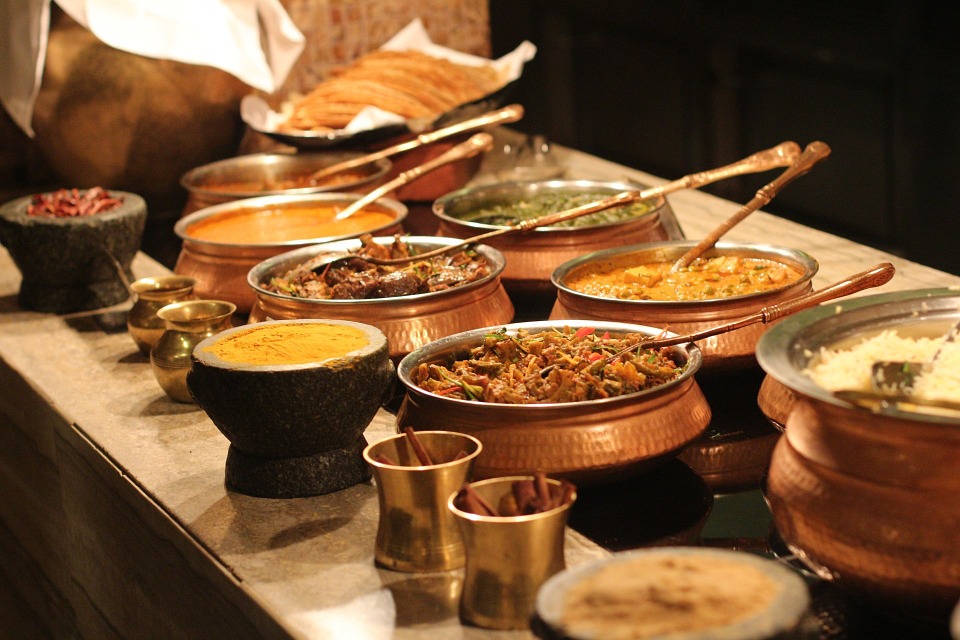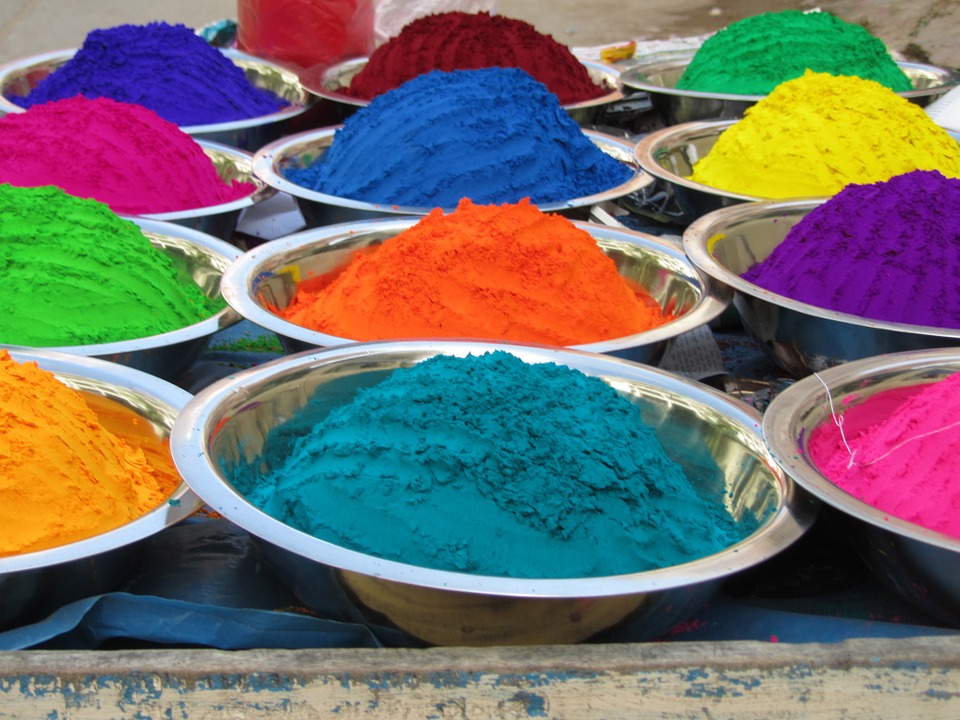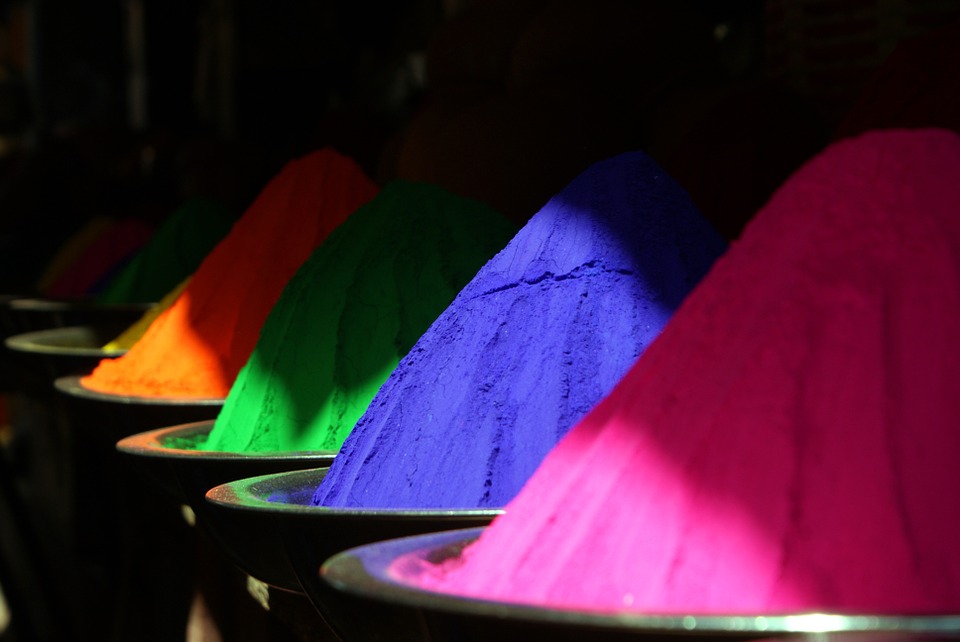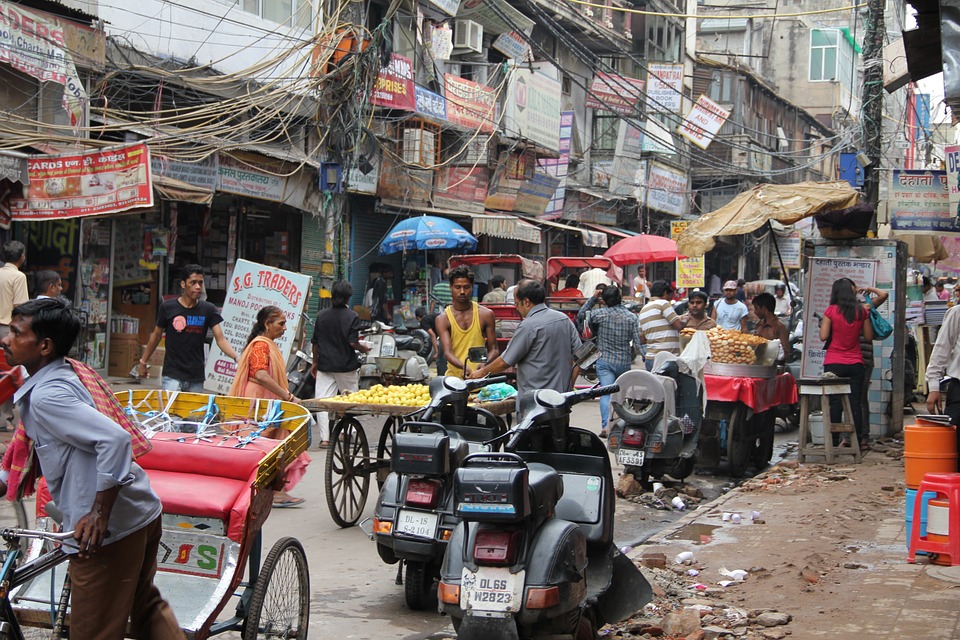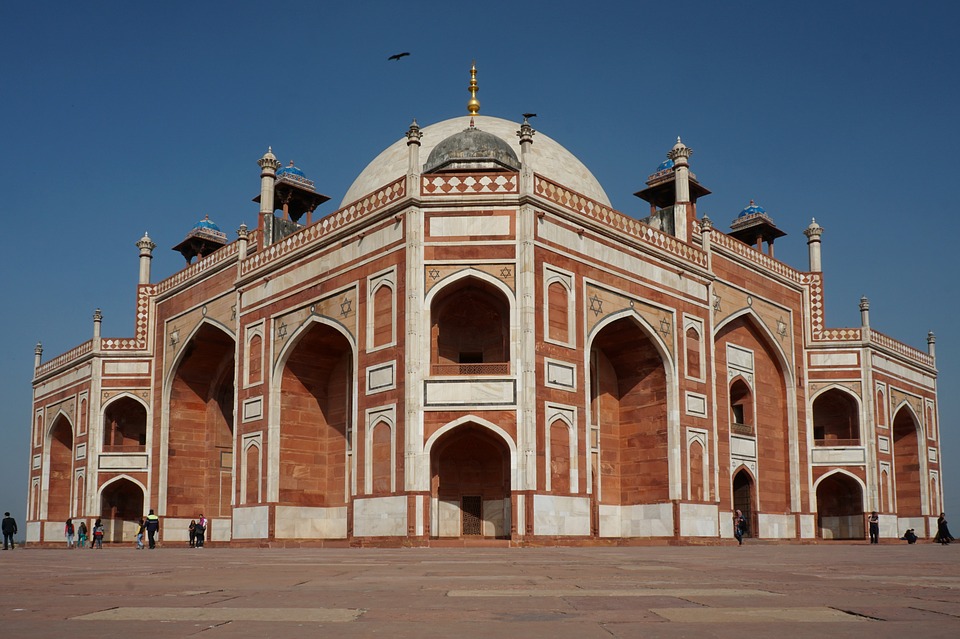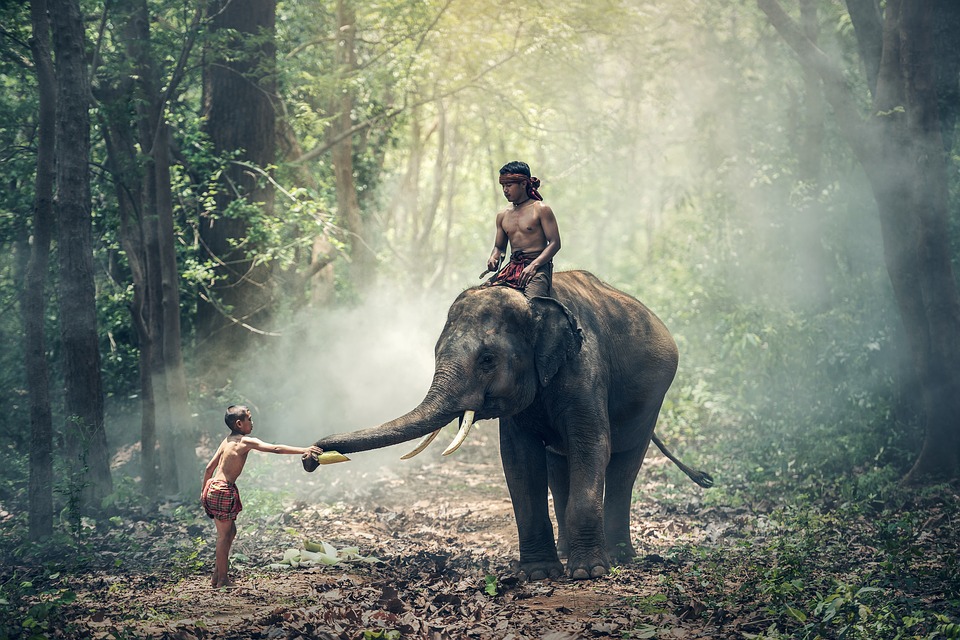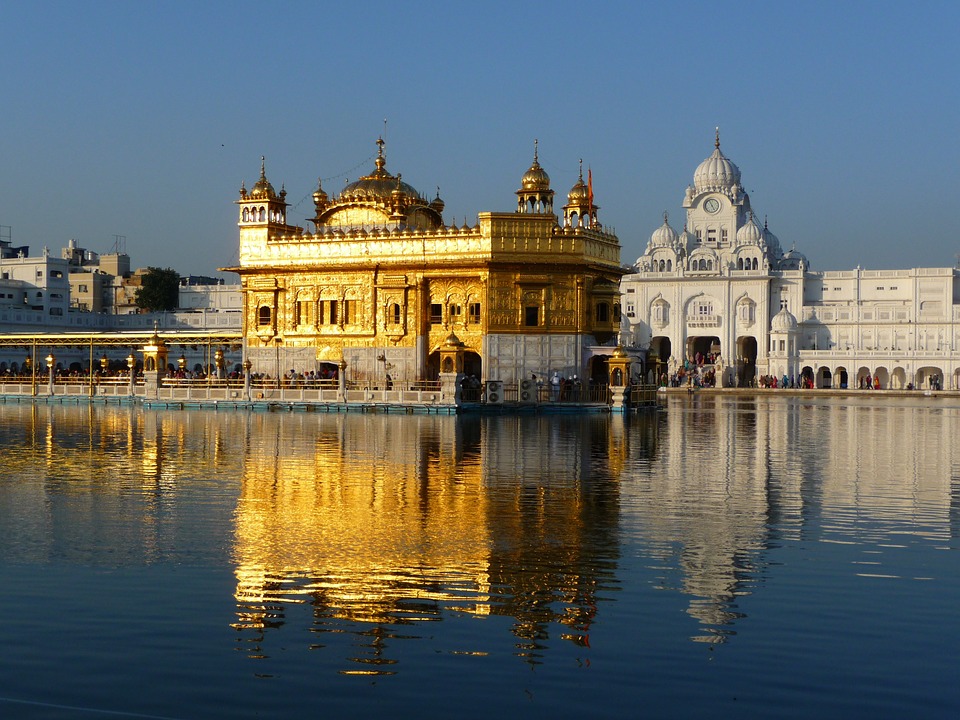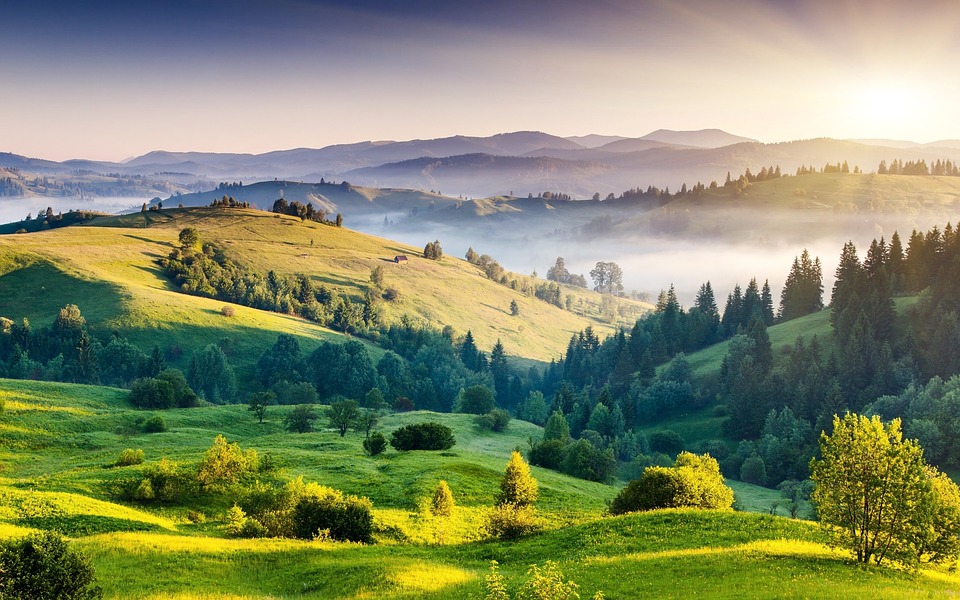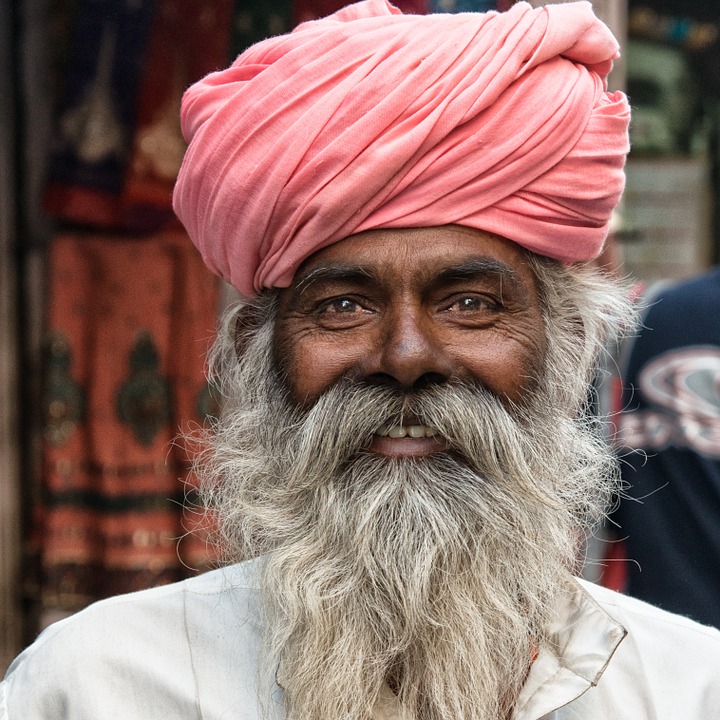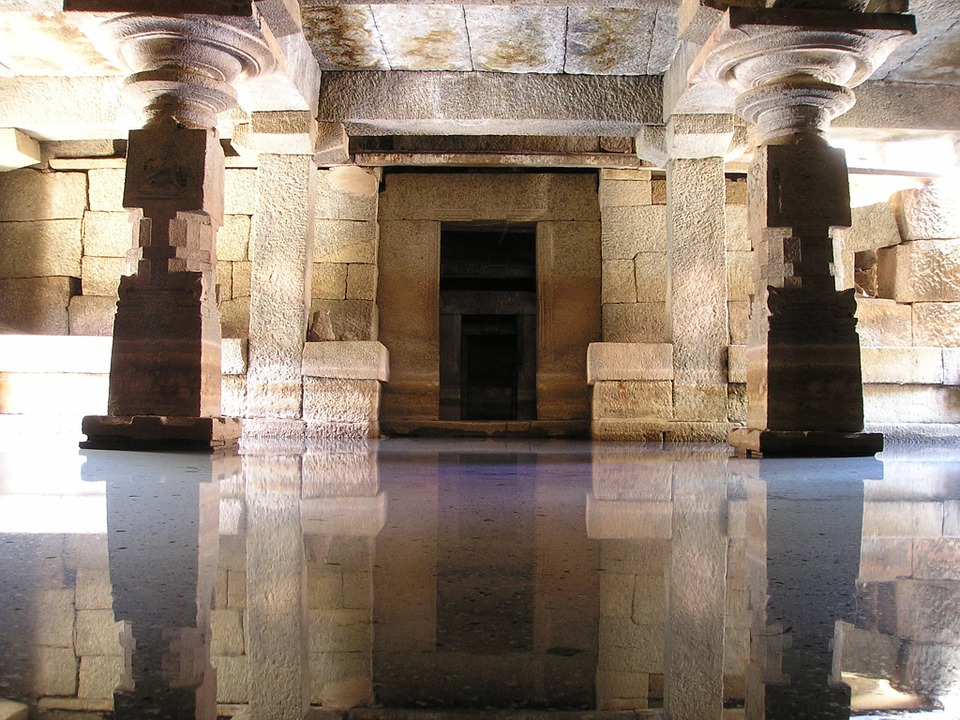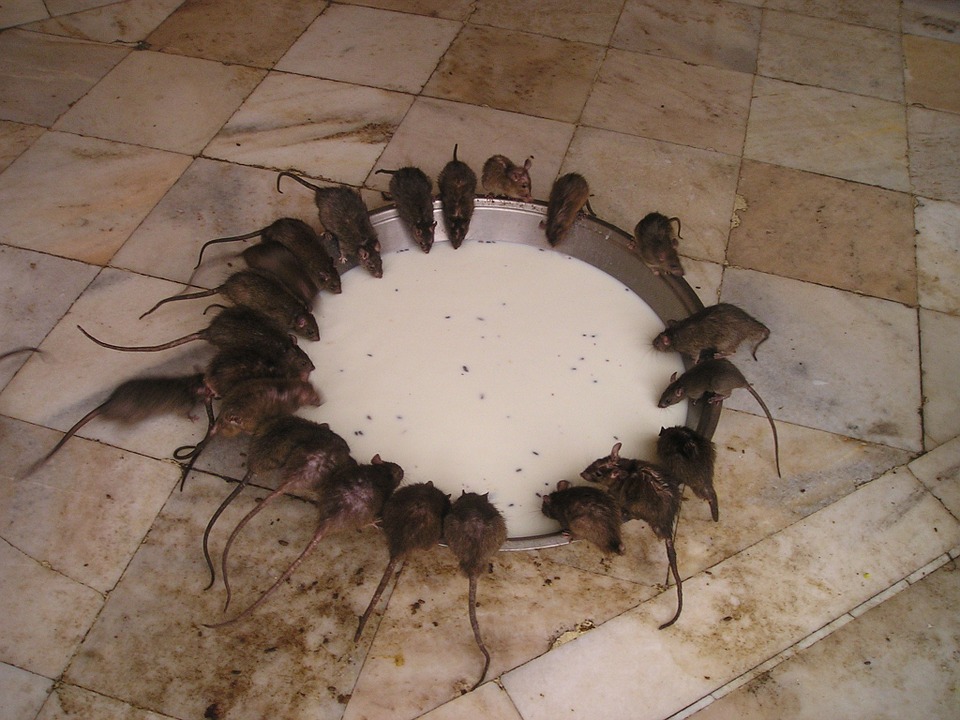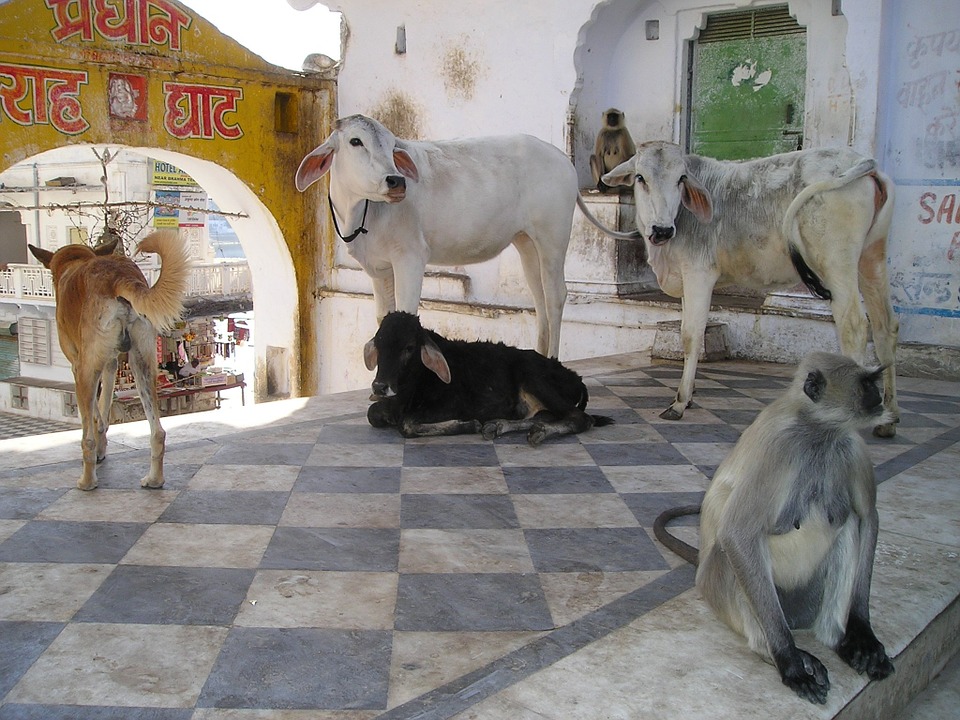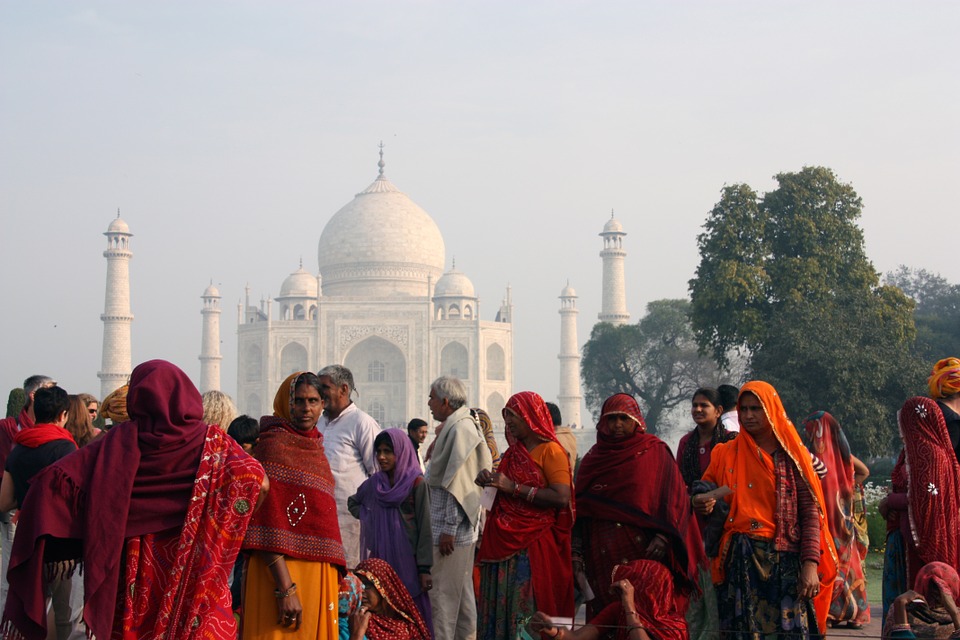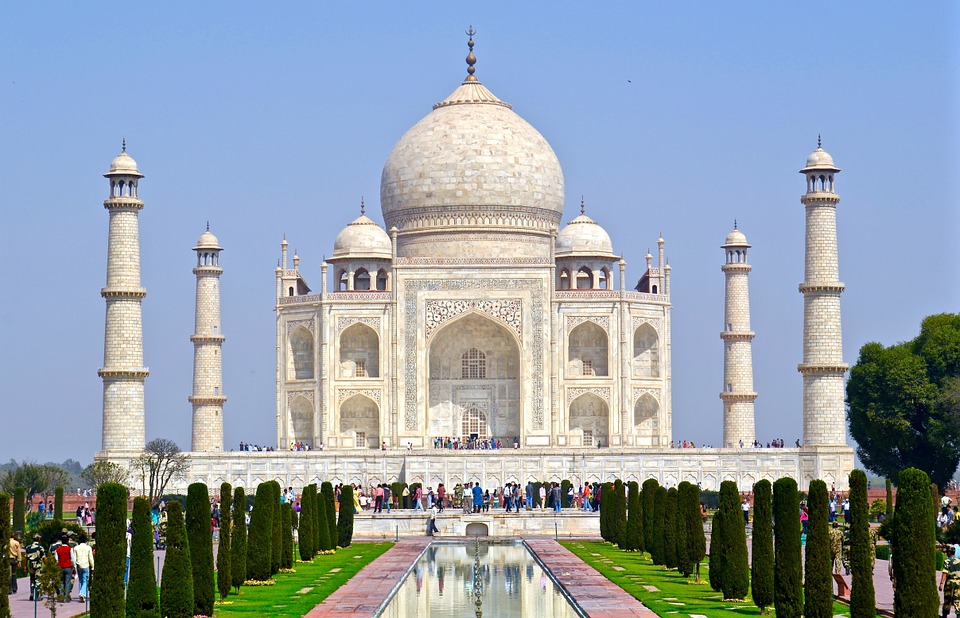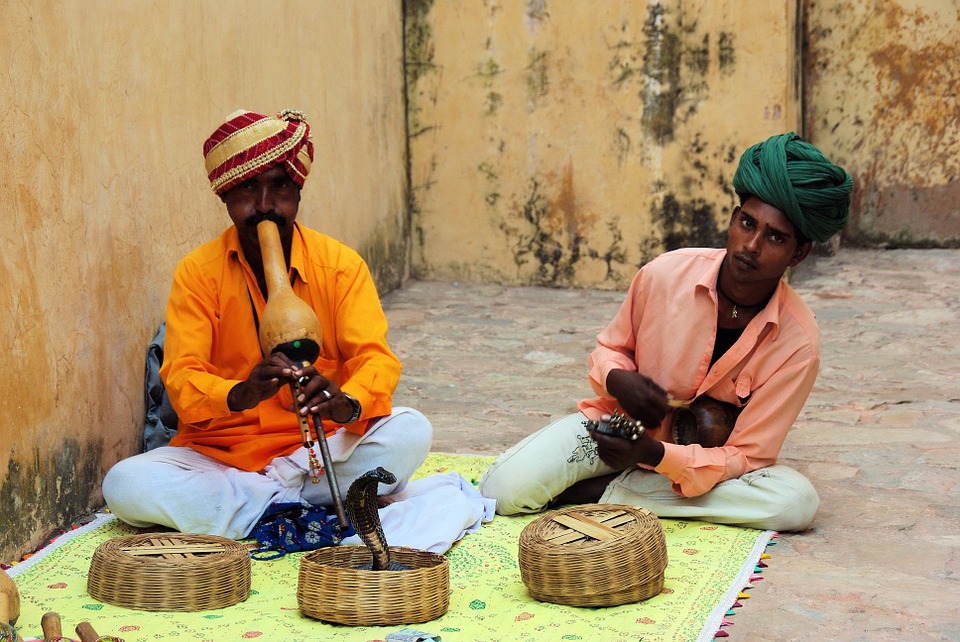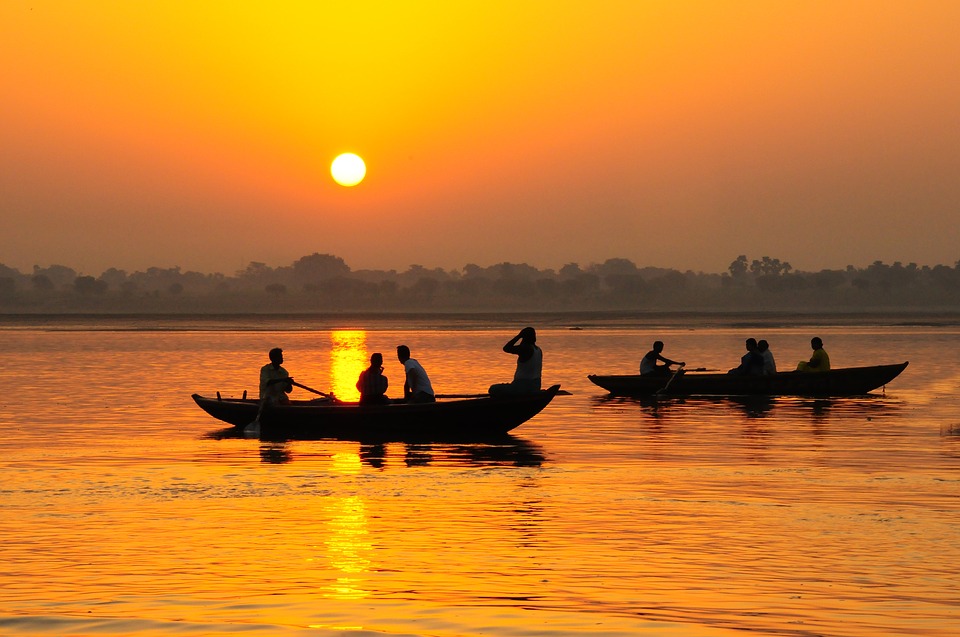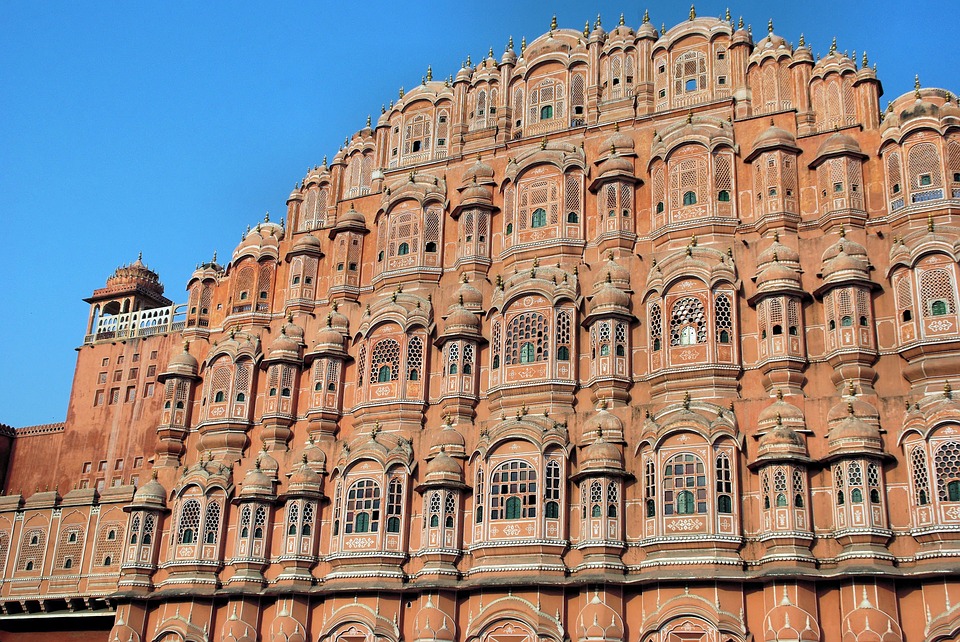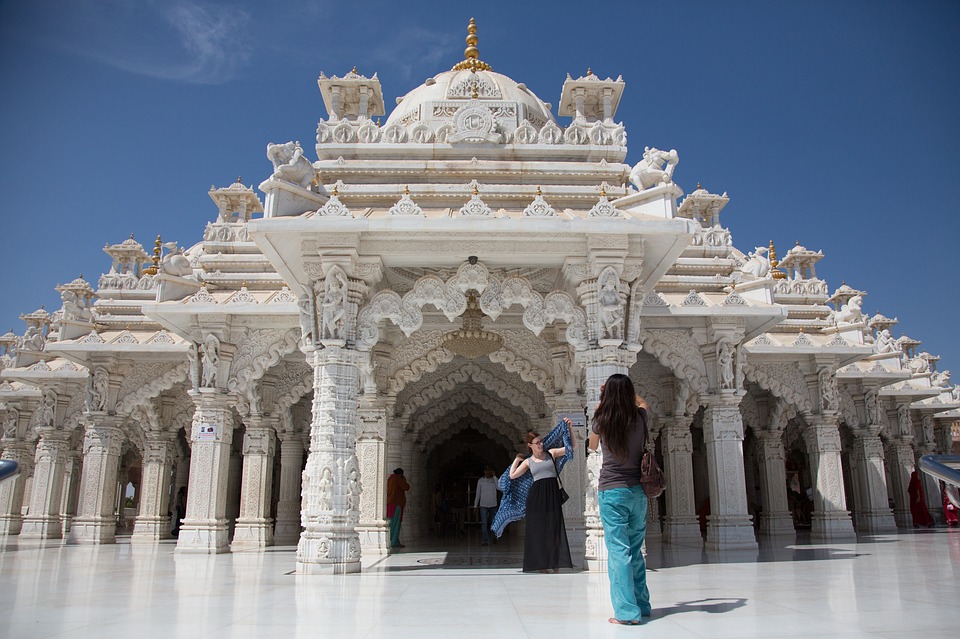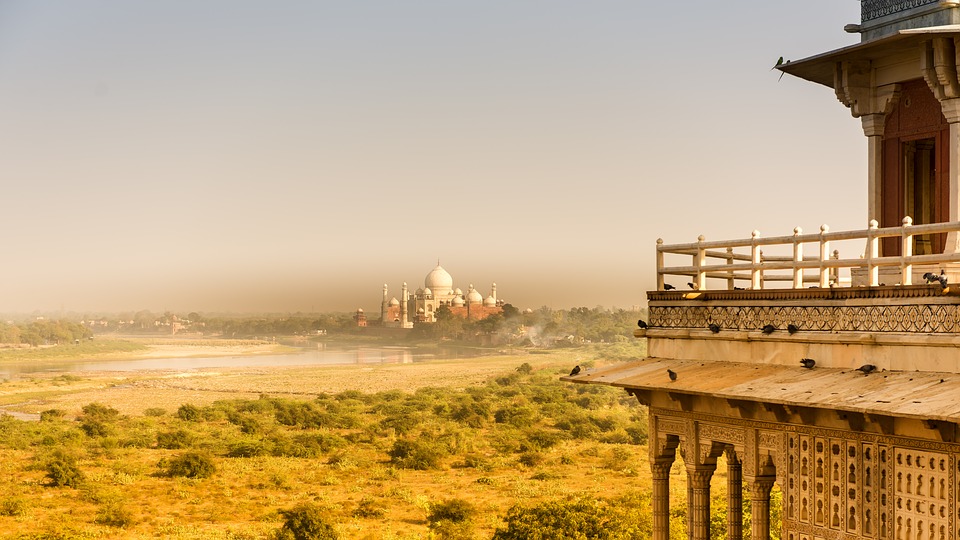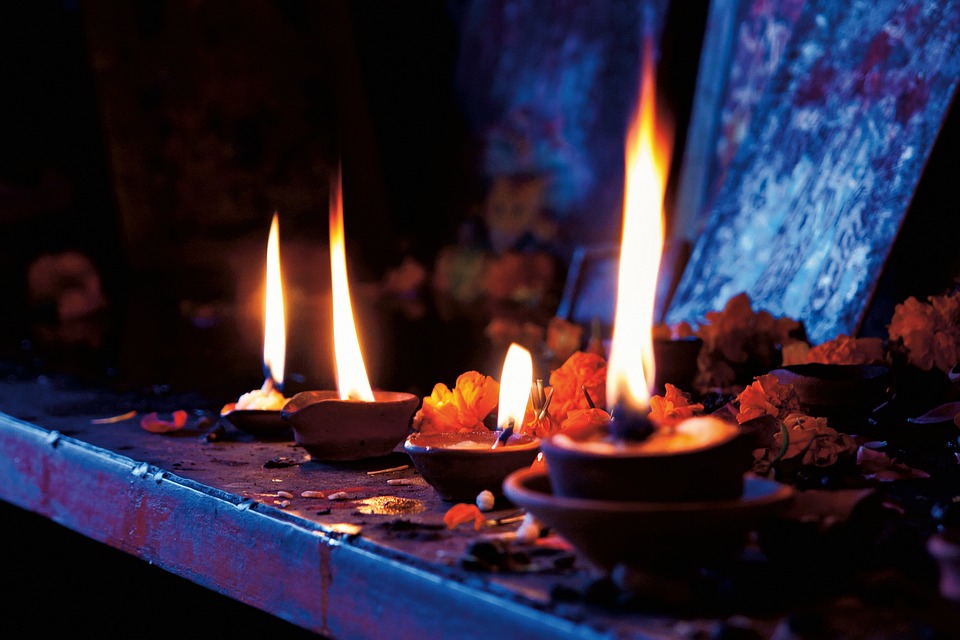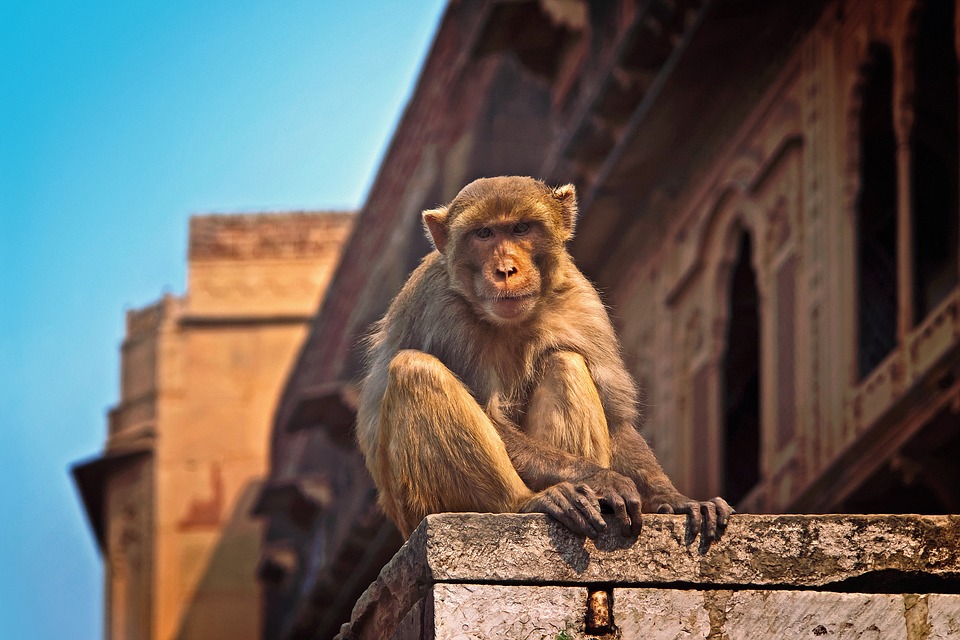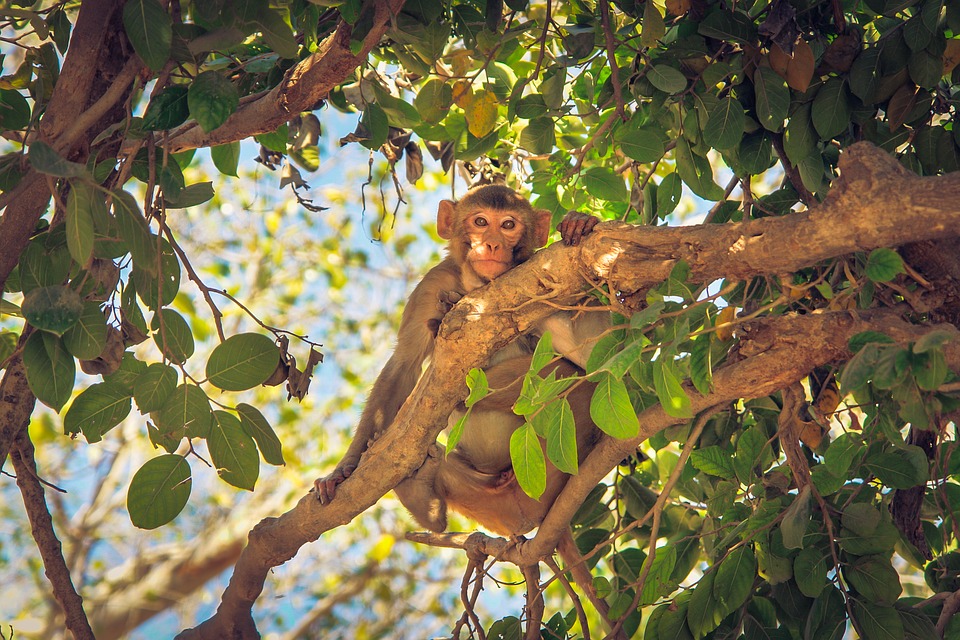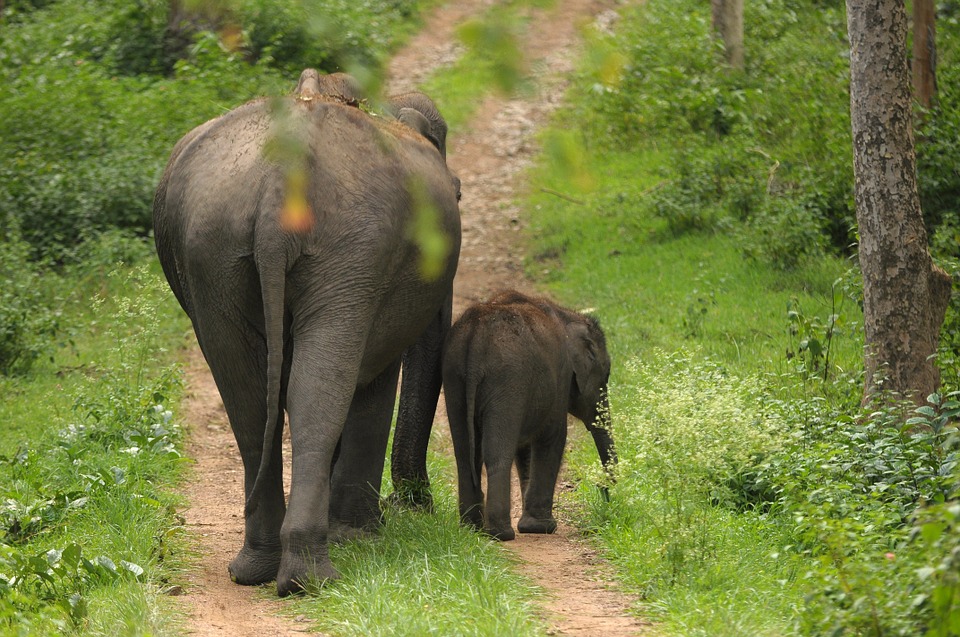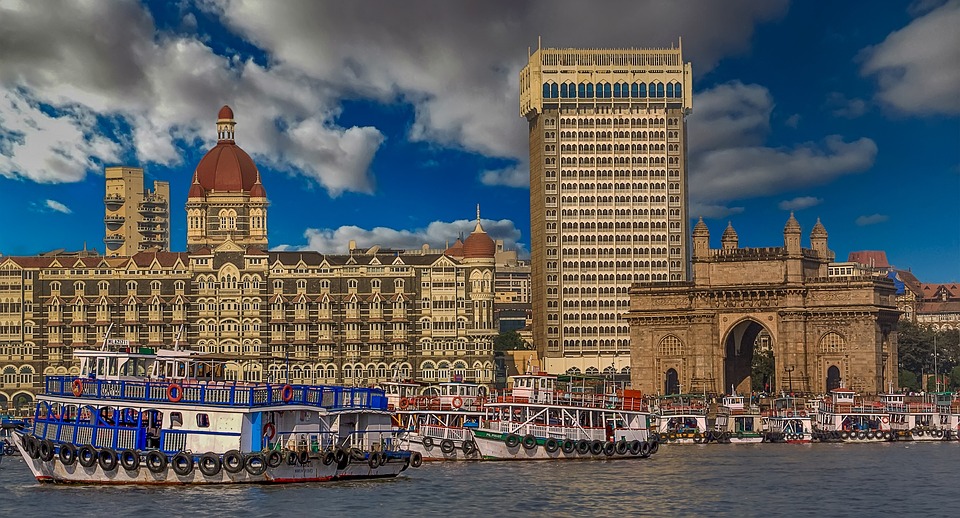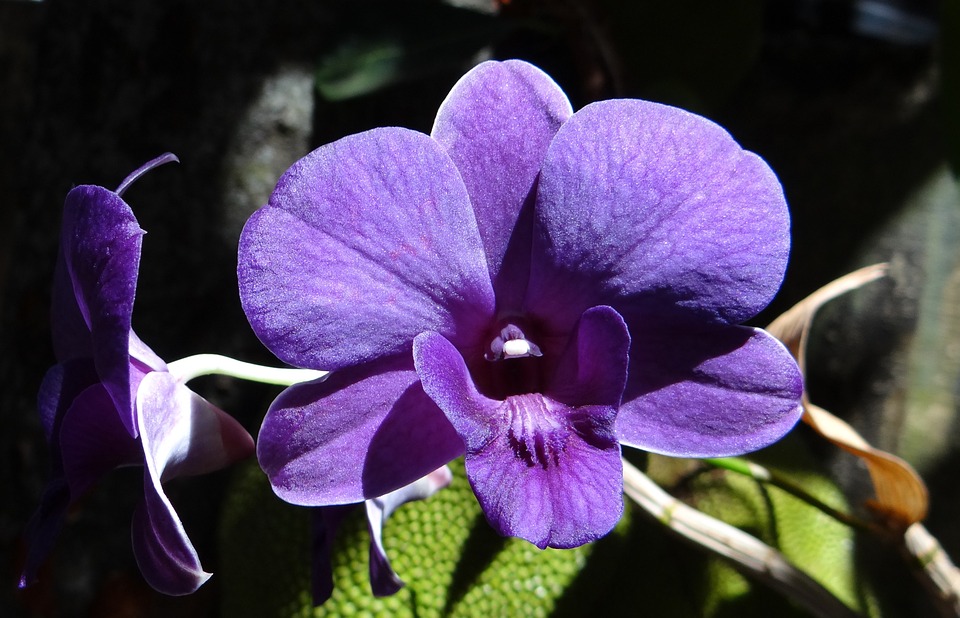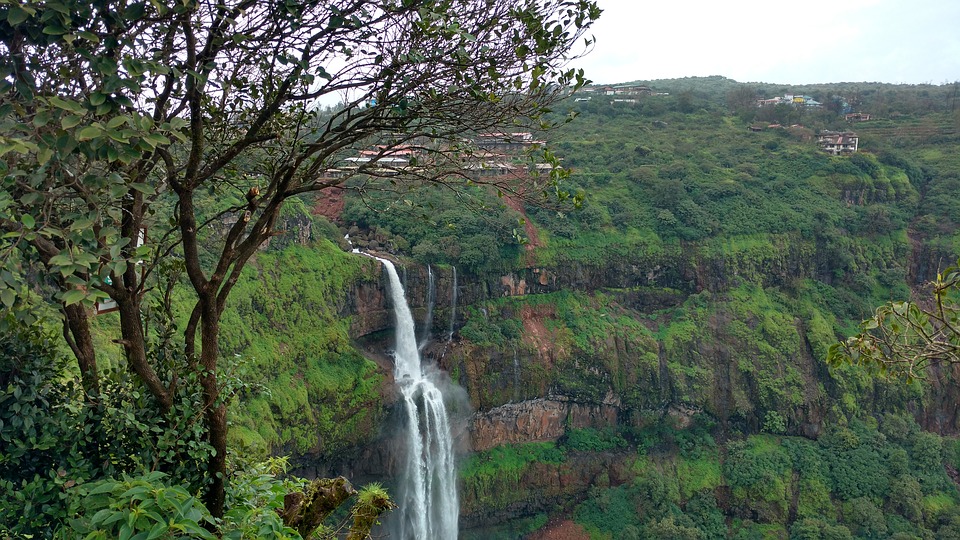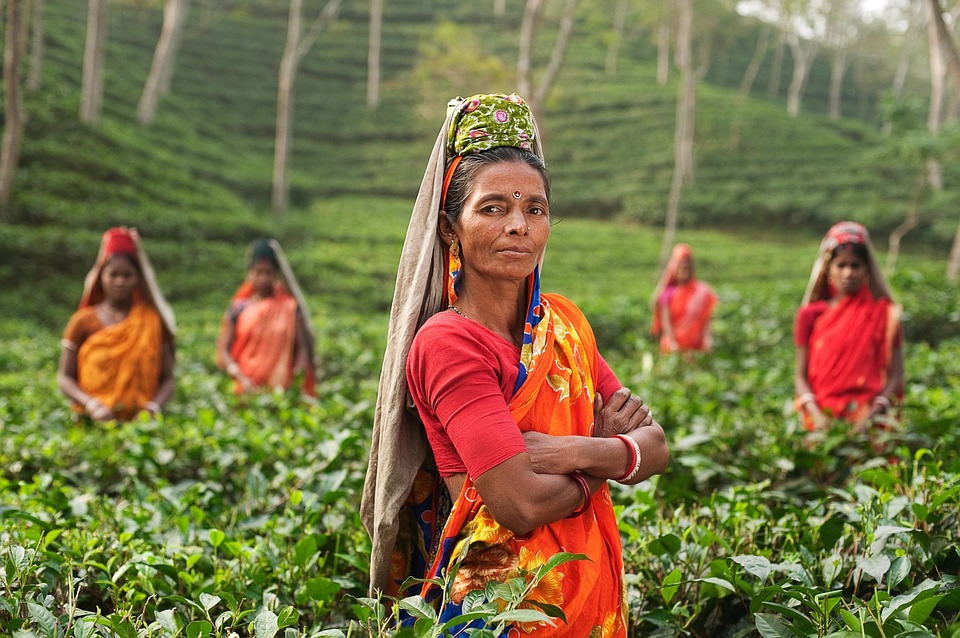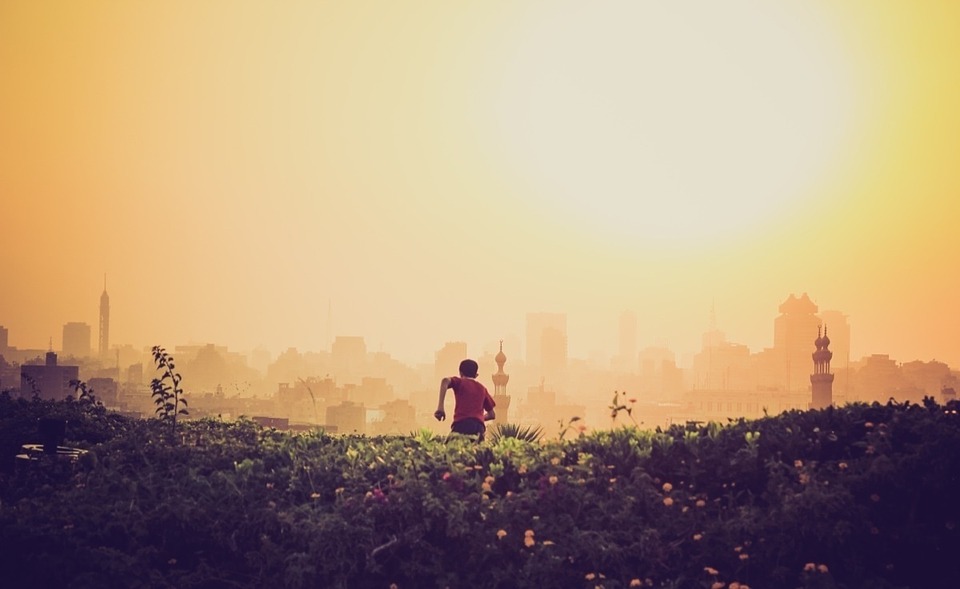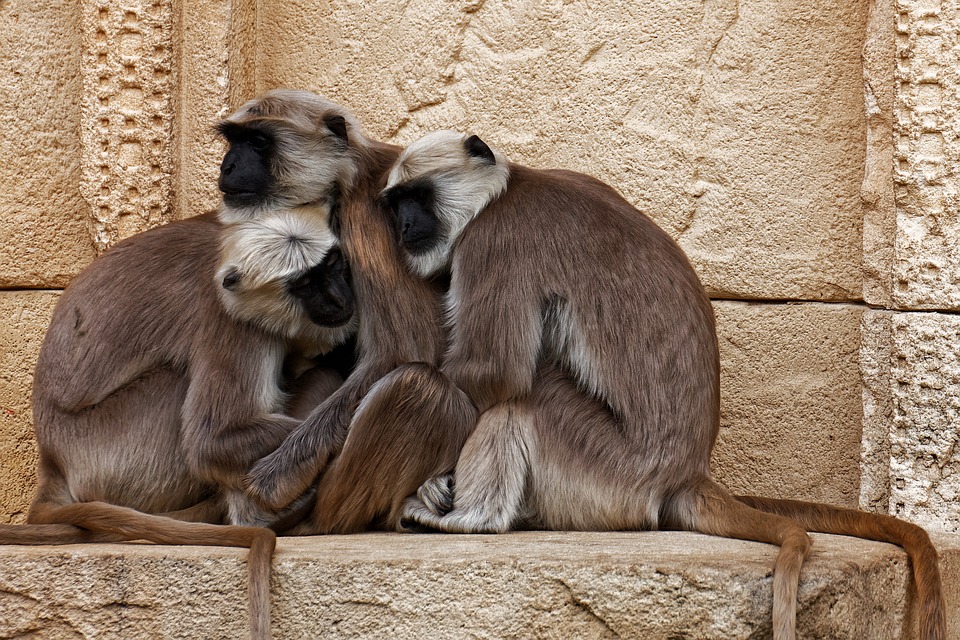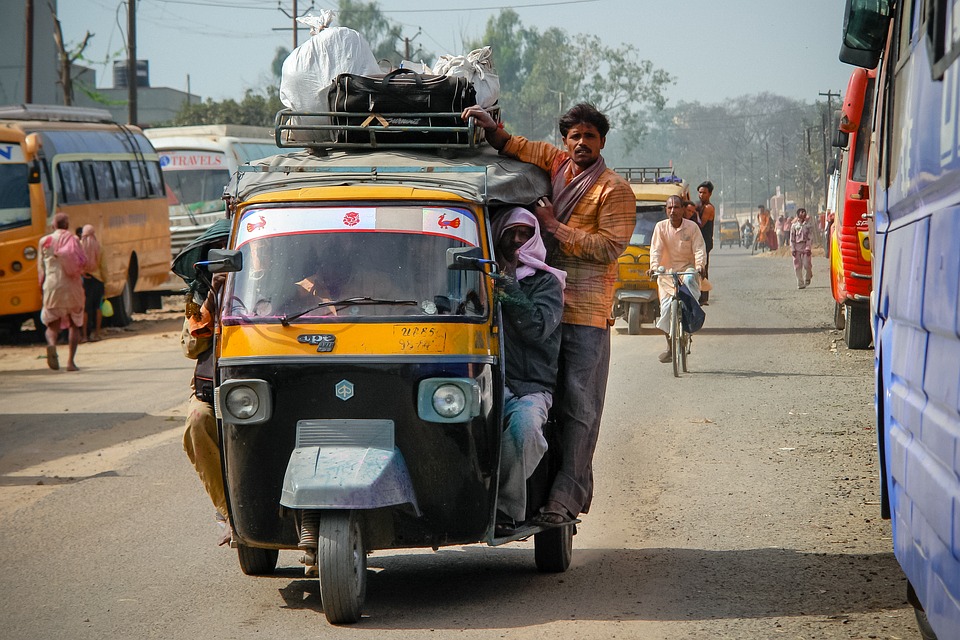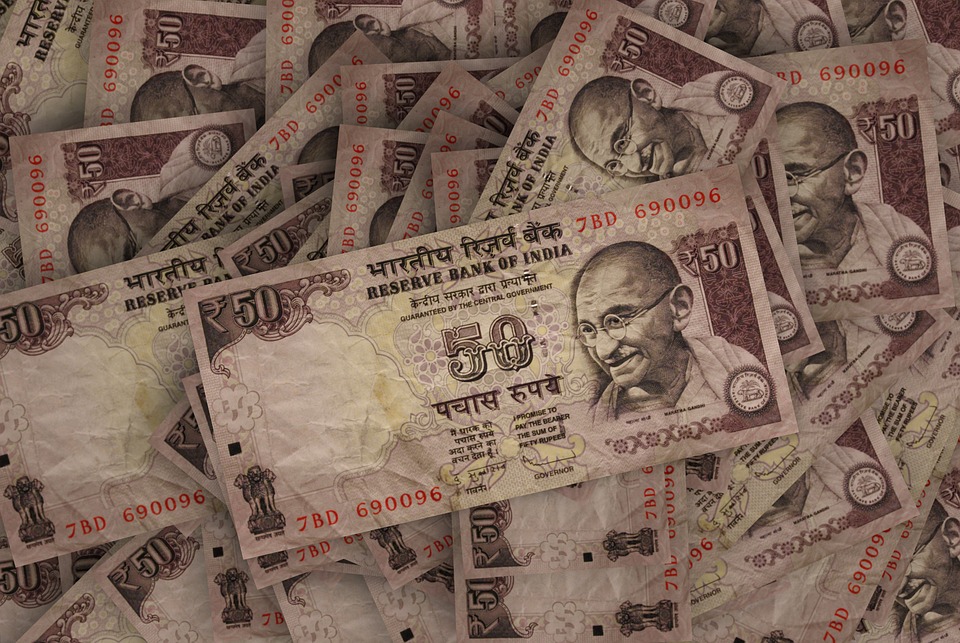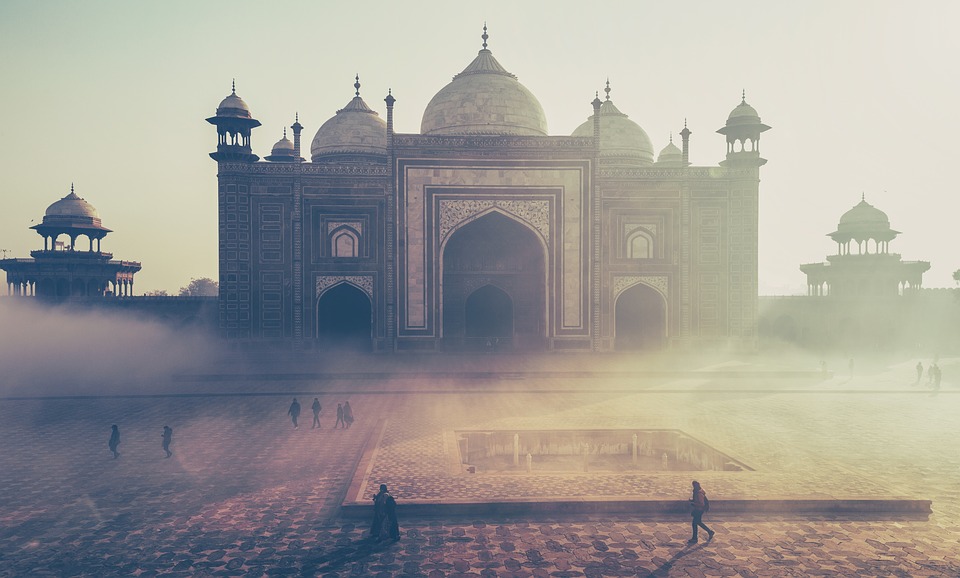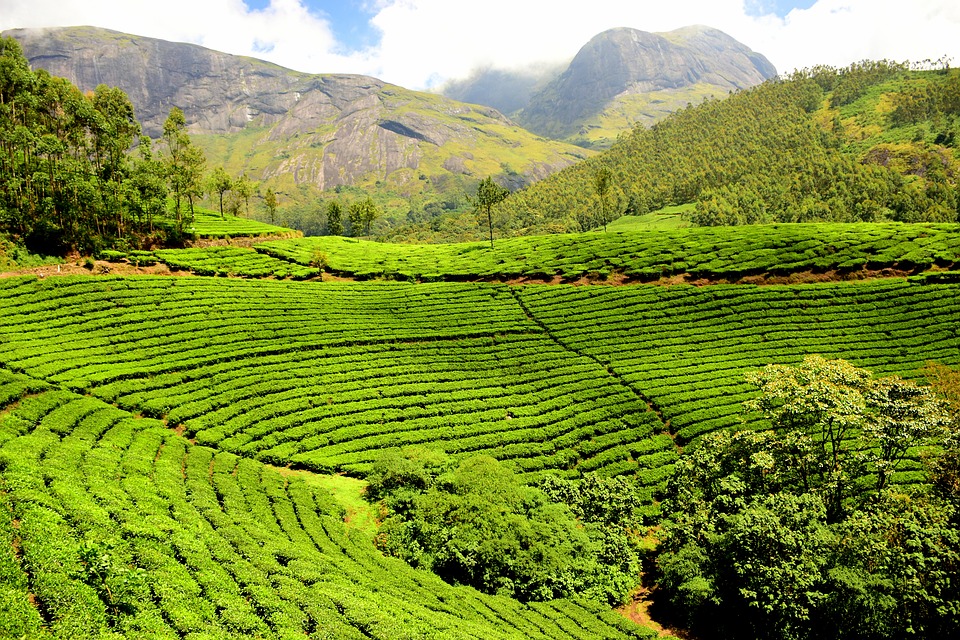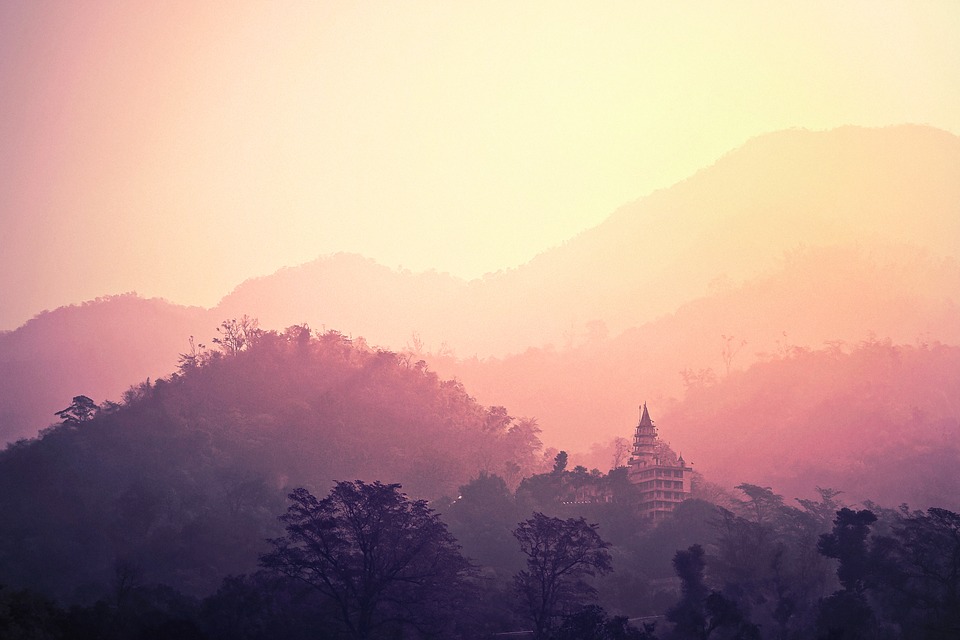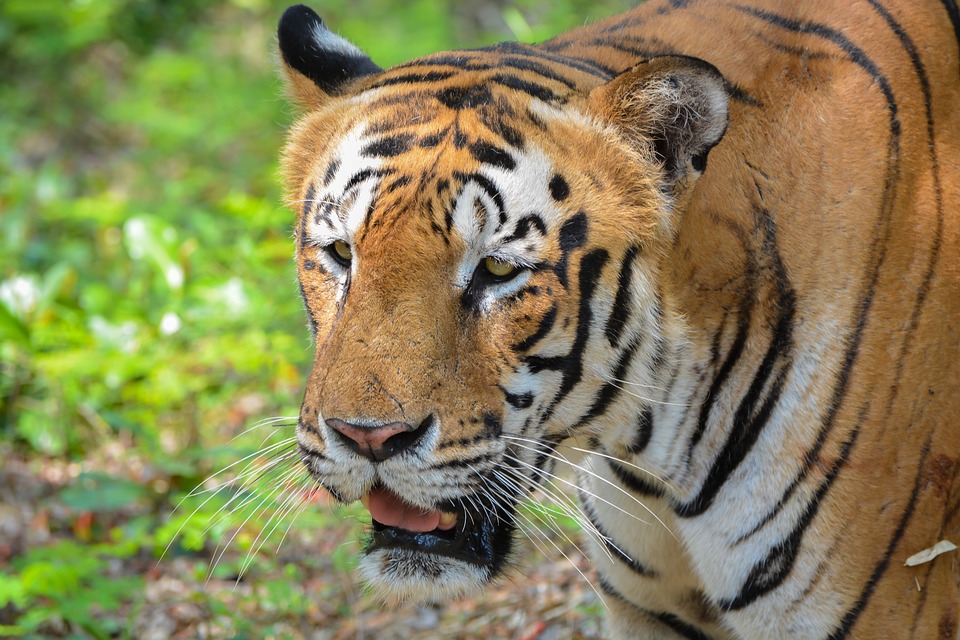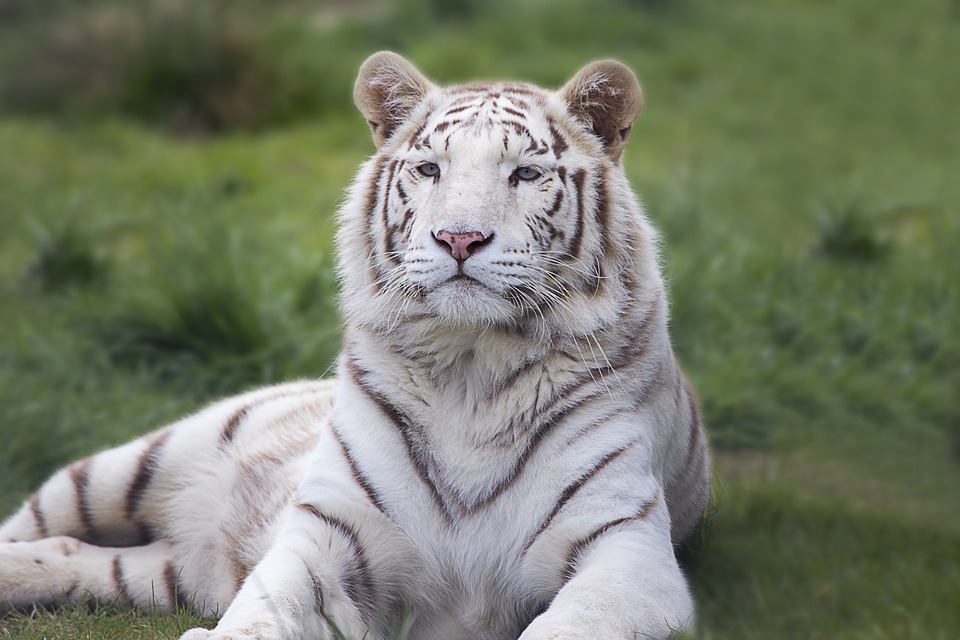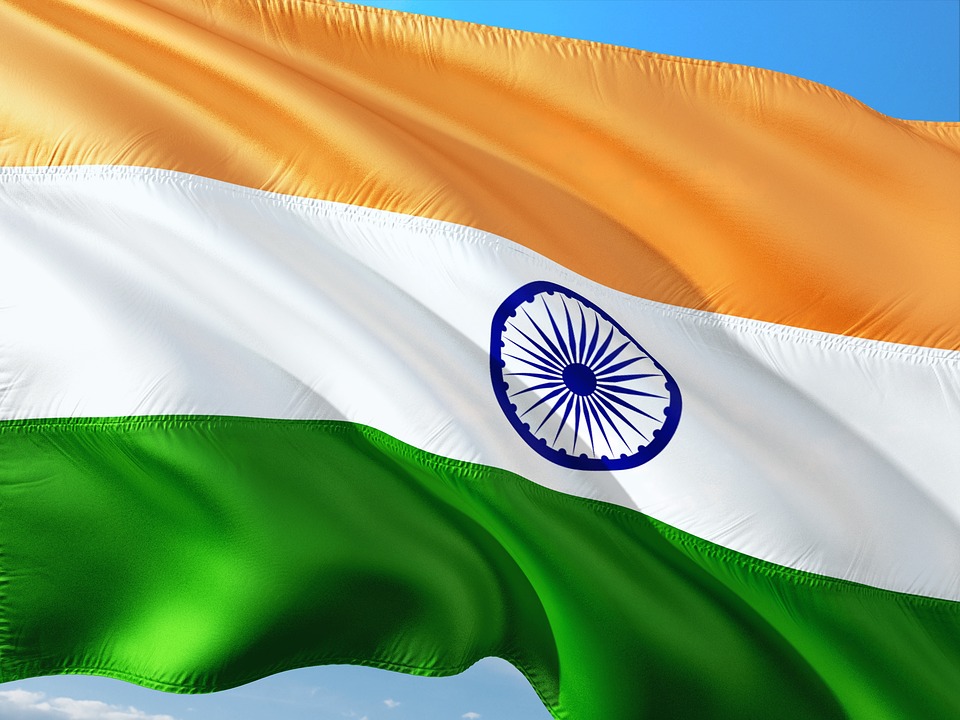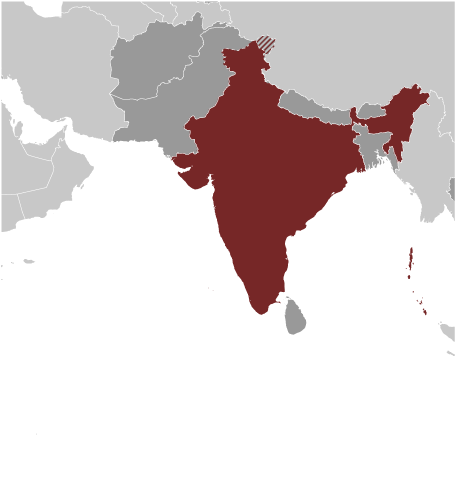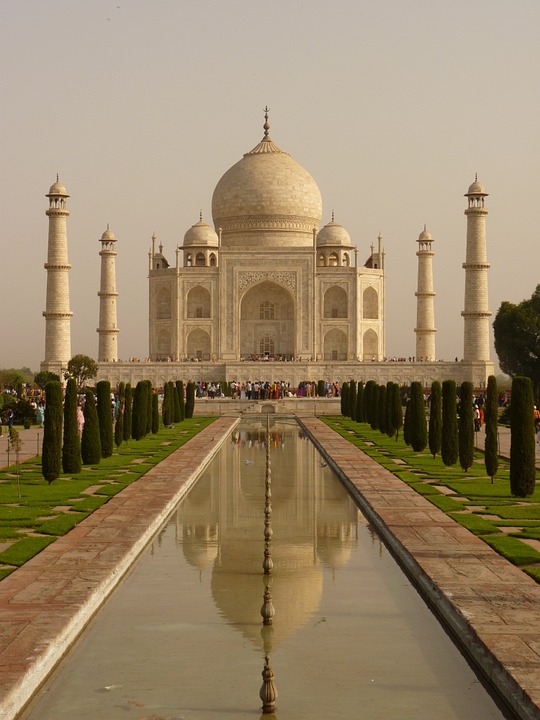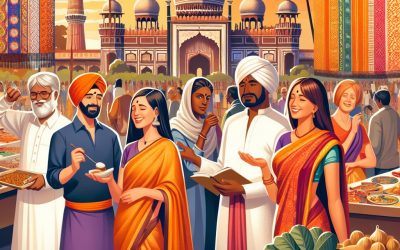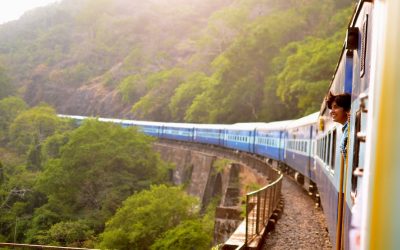India
(Bharat (Hindi); Republic of India (English))

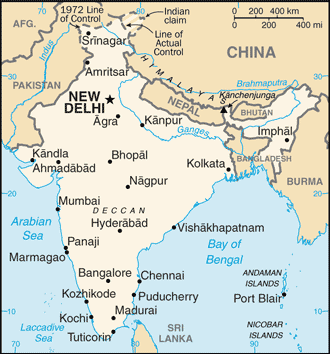
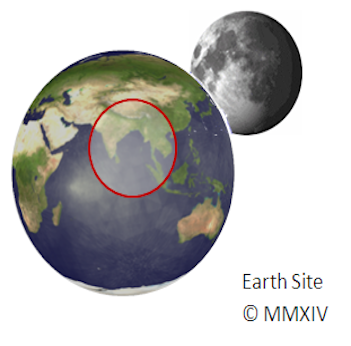
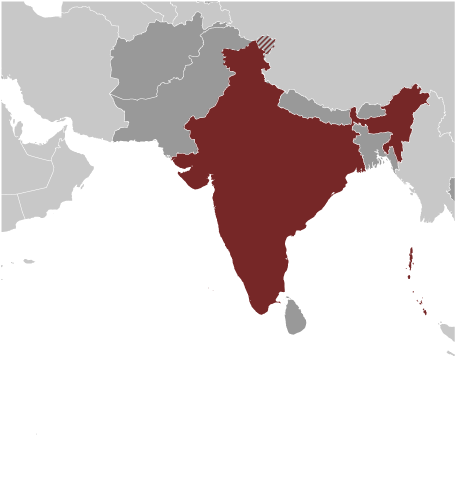
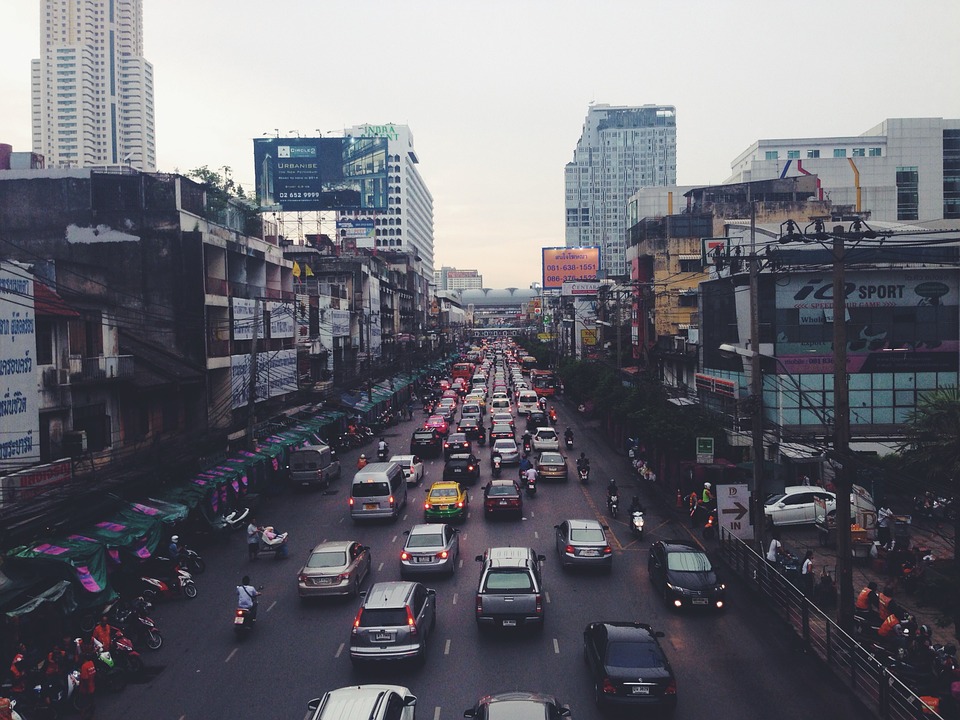
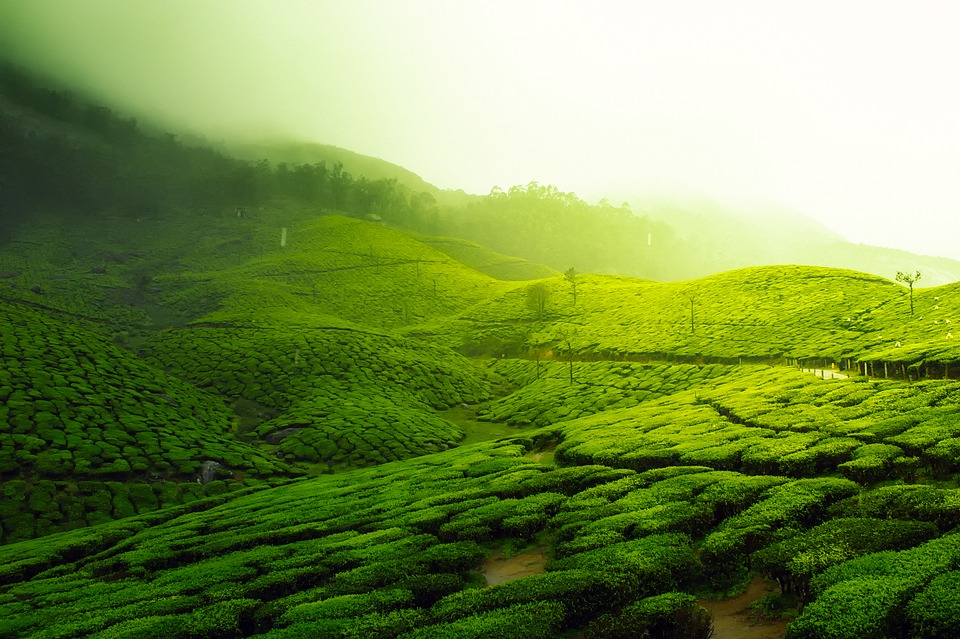
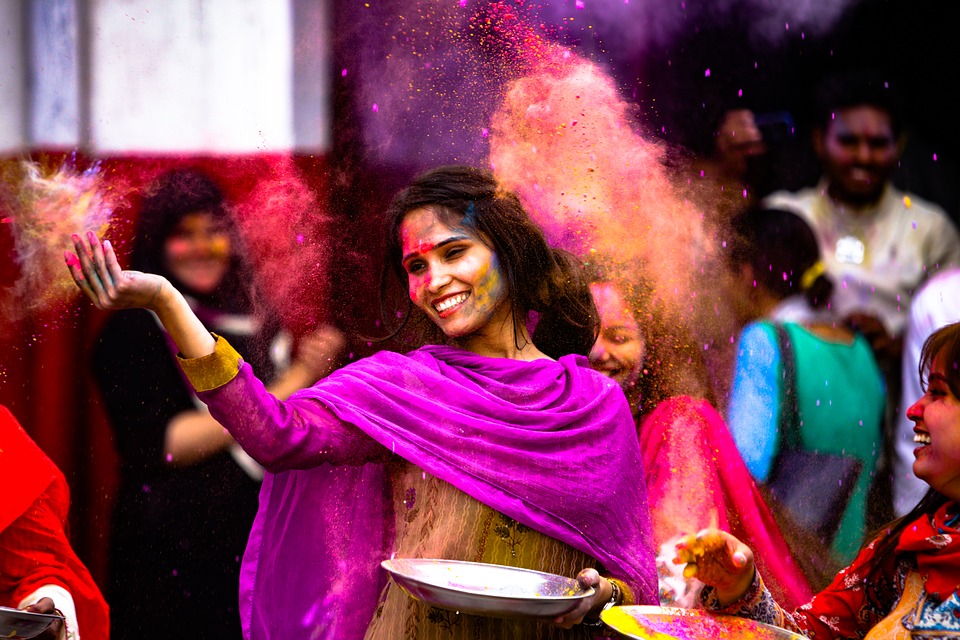
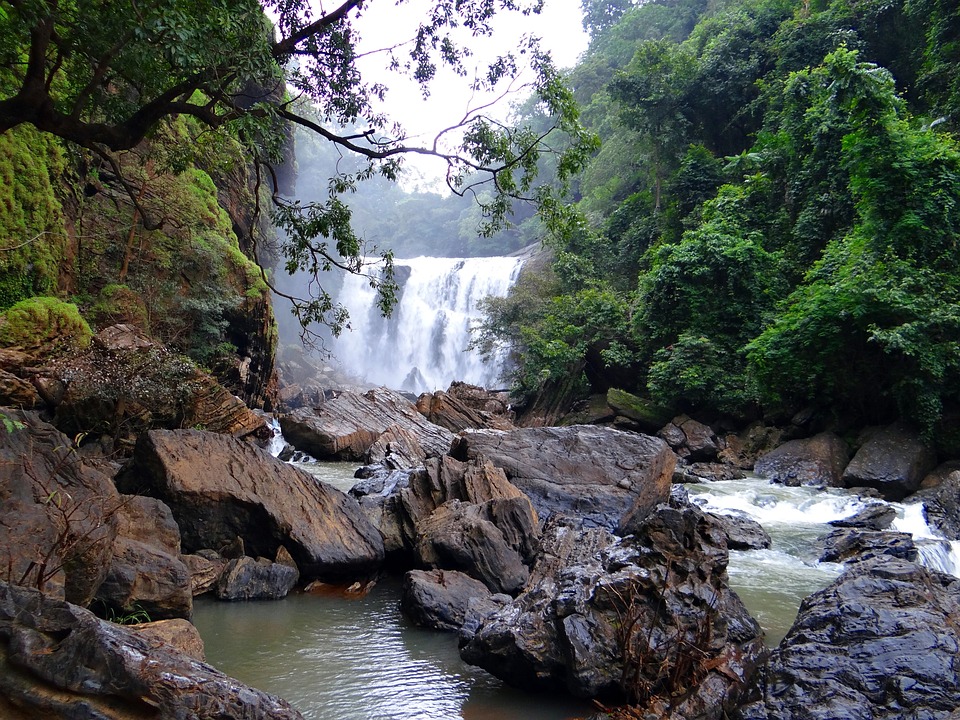
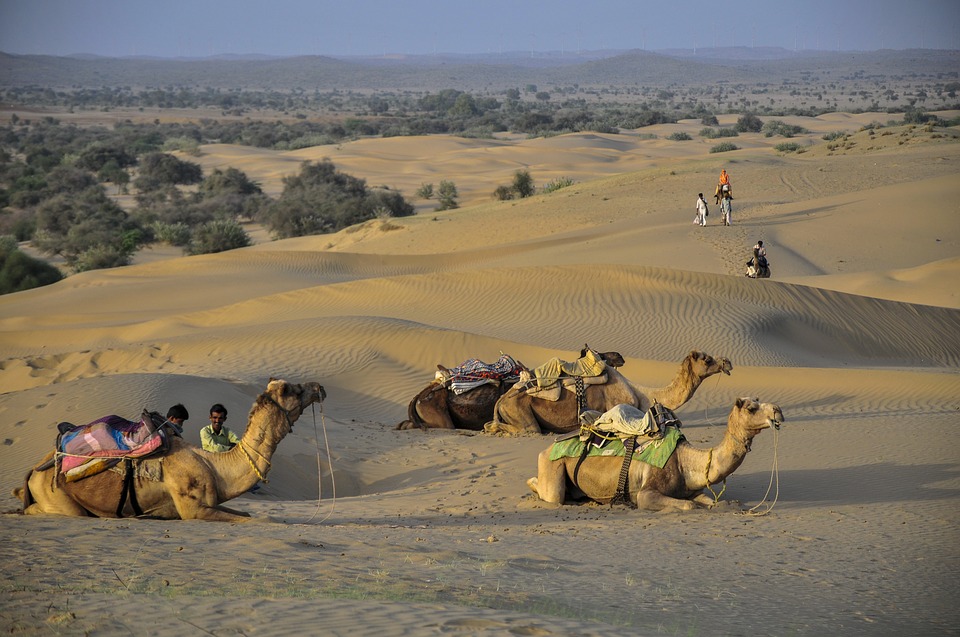
Capital of India: New Delhi
Population (Estimated July 2012): 1,205,073,612
Area: 3,166,414 km2 or 1,222,559 mi2
Currency: Indian Rupee (Re, Plural Rs)
Official Language: Hindi and English
Political Information: Federal Parliamentary Constitutional Republic
Official Religion: No Official Religion (approximately 80.5% of the population are Hindu, 13.4% are Muslim, 2.3% are Christian, 1.9% are Sikh 1.9% have other or unspecified religious beliefs)
Highest Mountain: Anamudi 2,695m or 8,842ft
GDP Official Exchange Rate (OER is more precise at gauging a countries economic power)
(Estimated 2011): $1.843 trillion (US$) or (GBP)
GDP (OER) Per Capita (per member of the population estimated 2011): (US$) or (GBP)
GDP Purchasing Power Parity (PPP is good for gauging living conditions and use of resources but not as accurate as OER. This data has been calculated based on the sum value of all goods and services produced in the country valued at prices prevailing in the United States)
(Estimated 2011): $4.463 trillion (US$) or (GBP)
GDP (PPP) Per Capita (per member of the population estimated 2011): $3,700 (US$) or (GBP)
Time Zone (GMT/UTC): +5:30
Counties/Provinces/States: 28 states and 7 union territories*; Andaman and Nicobar Islands*, Andhra Pradesh, Arunachal Pradesh, Assam, Bihar, Chandigarh*, Chhattisgarh, Dadra and Nagar Haveli*, Daman and Diu*, Delhi*, Goa, Gujarat, Haryana, Himachal Pradesh, Jammu and Kashmir, Jharkhand, Karnataka, Kerala, Lakshadweep*, Madhya Pradesh, Maharashtra, Manipur, Meghalaya, Mizoram, Nagaland, Odisha, Puducherry*, Punjab, Rajasthan, Sikkim, Tamil Nadu, Tripura, Uttar Pradesh, Uttarakhand, West Bengal
Leaders: President Ram Nath KOVIND (since 25 July 2017); Vice President M. Venkaiah NAIDU (since 11 August 2017) and Prime Minister Narendra MODI (since 26 May 2014).
Additional: Gained independence from the UK on the 15th of August 1947.
Sources: CIA World Fact Book, Encyclopaedia Britannica.
India
India, officially known as the Republic of India, is a country located in South Asia. It is the seventh-largest country by land area and the second-most populous country in the world, with over 1.3 billion people. India is known for its rich history, diverse culture, and vibrant traditions. The country is a melting pot of different religions, languages, and ethnicities, making it a truly unique and fascinating place to explore. From the snow-capped peaks of the Himalayas to the sun-kissed beaches of Goa, India offers a wide range of landscapes and experiences for travellers to enjoy. With its ancient temples, bustling cities, and stunning natural beauty, India has something to offer for everyone.
Culture and Traditions of India
India is a land of diverse cultures and traditions, with each region having its own unique customs and practices. The country is known for its colourful festivals, intricate art forms, and traditional dances. One of the most famous cultural exports from India is Bollywood, the Hindi-language film industry that produces a large number of films each year. Indian cuisine is also a significant part of the country’s culture, with each region having its own distinct flavours and cooking styles. The traditional clothing of India, such as the saree for women and the dhoti for men, reflects the rich cultural heritage of the country. The people of India are known for their hospitality and warmth, making it a popular destination for tourists looking to experience the vibrant culture and traditions of the country.
Cuisine and Food of India
Indian cuisine is renowned for its bold flavours, aromatic spices, and diverse range of dishes. Each region of India has its own unique culinary traditions, influenced by factors such as climate, geography, and cultural practices. Some of the most popular dishes in Indian cuisine include biryani, a fragrant rice dish cooked with meat or vegetables; butter chicken, a creamy and rich chicken curry; and dosa, a crispy pancake made from fermented rice batter. Vegetarianism is also widely practiced in India, leading to a wide variety of delicious vegetarian dishes such as paneer tikka, a marinated and grilled cheese dish, and chana masala, a spicy chickpea curry. Indian street food is also a major part of the country’s culinary scene, with popular snacks such as samosas, pakoras, and chaat being enjoyed by locals and tourists alike.
Famous Landmarks and Tourist Attractions in India
India is home to a wealth of famous landmarks and tourist attractions that draw visitors from all over the world. The Taj Mahal, located in Agra, is one of the most iconic symbols of India and is considered one of the New Seven Wonders of the World. This stunning white marble mausoleum was built by the Mughal emperor Shah Jahan in memory of his wife Mumtaz Mahal and is a UNESCO World Heritage Site. Another must-visit destination in India is the ancient city of Varanasi, situated on the banks of the Ganges River. Varanasi is one of the oldest continuously inhabited cities in the world and is considered the spiritual capital of India. The city is famous for its ghats, where pilgrims come to bathe in the sacred waters of the Ganges and perform religious rituals. Other popular tourist attractions in India include the Red Fort in Delhi, the Amber Fort in Jaipur, and the backwaters of Kerala.
Economy and Business in India
India has one of the fastest-growing major economies in the world and is considered a newly industrialised country. The country has a diverse economy that encompasses agriculture, manufacturing, services, and technology sectors. India is known for its information technology industry, with cities such as Bangalore and Hyderabad being major hubs for IT companies and startups. The country also has a thriving film industry, with Bollywood being one of the largest centres of film production in the world. In recent years, India has seen significant growth in sectors such as e-commerce, renewable energy, and pharmaceuticals. The government has also implemented various economic reforms to attract foreign investment and promote business growth in the country.
Wildlife and Natural Beauty of India
India is home to a rich variety of wildlife and natural beauty, with diverse ecosystems ranging from lush forests to arid deserts. The country has several national parks and wildlife sanctuaries that are home to endangered species such as tigers, elephants, rhinoceroses, and lions. One of the most famous national parks in India is Ranthambore National Park, located in Rajasthan, which is known for its population of Bengal tigers. The Western Ghats mountain range in southern India is a UNESCO World Heritage Site and is home to an incredible array of flora and fauna. The backwaters of Kerala offer a tranquil and picturesque landscape that attracts visitors looking to experience the natural beauty of India. From the snow leopards of the Himalayas to the tropical beaches of Andaman and Nicobar Islands, India’s natural beauty is truly awe-inspiring.
Challenges and Opportunities in Modern India
While India has made significant progress in various areas such as technology, economy, and infrastructure, the country still faces several challenges. One of the major issues facing India is poverty, with a large percentage of the population living below the poverty line. Access to clean water, sanitation, healthcare, and education remains a challenge for many people in India. The country also grapples with environmental issues such as air pollution, deforestation, and water scarcity. However, India also presents numerous opportunities for growth and development. The government has been investing in infrastructure projects such as highways, railways, and smart cities to improve connectivity and urban development. The rise of technology startups and innovation hubs has positioned India as a global leader in the digital economy. With its young and dynamic workforce, India has the potential to become a major player in the global economy in the coming years.
In conclusion, India is a country that offers a rich tapestry of culture, traditions, cuisine, natural beauty, and economic opportunities. With its vibrant festivals, ancient landmarks, diverse wildlife, and booming industries, India continues to captivate visitors from around the world. While facing challenges such as poverty and environmental issues, India also presents numerous opportunities for growth and development. As a land of contrasts and diversity, India remains an enigmatic destination that leaves a lasting impression on all who visit.
FAQs
What is the population of India?
India is the second most populous country in the world, with a population of over 1.3 billion people.
What is the capital of India?
The capital of India is New Delhi.
What are the major languages spoken in India?
Hindi is the most widely spoken language in India, followed by Bengali, Telugu, Marathi, Tamil, and Urdu.
What are the major religions in India?
The major religions in India are Hinduism, Islam, Christianity, Sikhism, Buddhism, and Jainism.
What is the currency of India?
The currency of India is the Indian Rupee (INR).
What are the major industries in India?
India’s major industries include textiles, telecommunications, chemicals, pharmaceuticals, biotechnology, and agriculture.
What are the popular tourist attractions in India?
Popular tourist attractions in India include the Taj Mahal, Jaipur’s Amber Fort, Kerala’s backwaters, the beaches of Goa, and the temples of Varanasi.
Cultural or Historical Sites of India: Important Cultural Landmarks or Historical Sites In India
Cultural or Historical Sites of India: Important Cultural Landmarks or Historical Sites In India The Taj Mahal, located in Agra, India, is one of the most iconic and recognisable landmarks in the world. Built by the Mughal emperor Shah Jahan in memory of his beloved...
Natural Resources of India: Where Natural Resources are Located in India
Natural Resources of India: Where Natural Resources are Located in India India is a country rich in natural resources, which play a crucial role in its economic development and sustenance of its vast population. These resources include minerals, forests, water,...
Political Boundaries of India: Provinces, Districts, or Historical Boundaries.
Political Boundaries of India: Provinces, Districts, or Historical Boundaries. India, the seventh-largest country in the world, is known for its diverse culture, rich history, and complex political landscape. The political boundaries of India are a result of centuries...
Climate Zones of India: Different climate regions Of India
Climate Zones of India: Different climate regions Of India India is a vast and diverse country with a wide range of climate zones. The country’s climate is influenced by a variety of factors, including its geographical location, topography, and the monsoon...
Terrain and Topography of India: mountains, valleys, and plains.
Terrain and Topography of India: mountains, valleys, and plains. India is a land of diverse and varied terrain, with its topography ranging from majestic mountain ranges to vast plains, coastal regions, and plateaus. The country’s terrain has played a...
History of India
History of India The Indus Valley Civilization, also known as the Harappan Civilization, was one of the world’s earliest urban societies. It flourished in the Indus River basin in what is now Pakistan and northwest India from about 2500 to 1700 BCE. The...
Population Density of India
Population Density of India India is the second most populous country in the world, with a population of over 1.3 billion people. The population density of India is the highest among the major countries of the world, with an average of 450 people per square kilometre....
Exploring the Vibrant Culture and Rich Heritage of Incredible India
India is a land of diversity and heritage, with a rich tapestry of culture and traditions that have been passed down through generations. From its vibrant festivals to its ancient temples, from its culinary delights to its spiritual practices, India offers a treasure...
